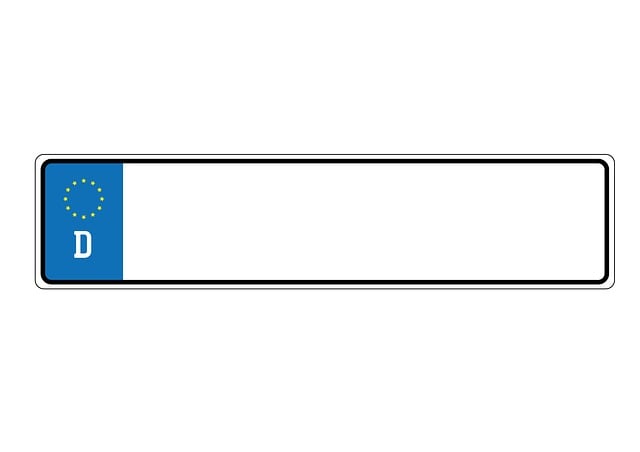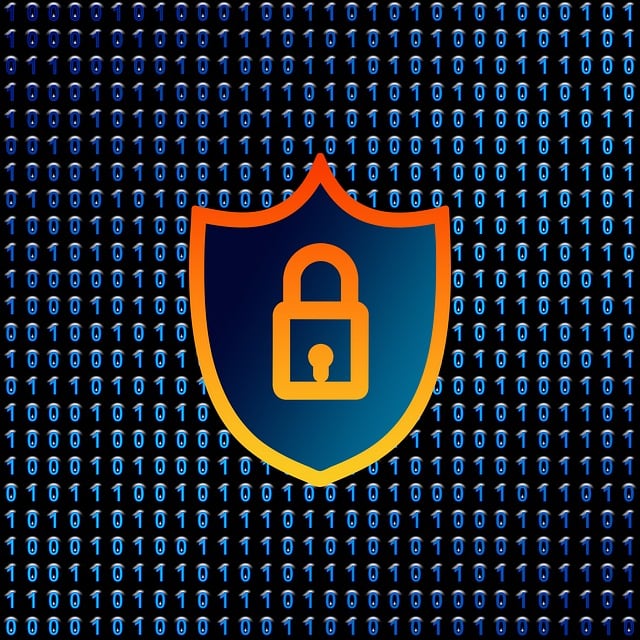In today's digital age, Plate Data Collection (PDC) utilizes license plate data for critical applications but raises privacy concerns. To protect vehicle owners' anonymity while allowing authorized tracking, discrete solutions like unreadable wraps or car identification films offer select license plate privacy. These technologies balance security and privacy, ensuring necessary data collection for safer environments without compromising individual vehicle and occupant anonymity. Best practices include combining discreet films with custom unidentifiable plates for a layered approach to secure auto identification and maintain personal privacy.
In today’s digital age, secure auto identification is paramount. This article delves into the intricate world of license plate data collection, exploring how this information can be harnessed while safeguarding privacy. We navigate the challenges posed by rapid technological advancements and stringent data protection regulations, such as GDPR. By highlighting best practices for secure auto identification—including anonymization techniques and robust security measures—we aim to facilitate a balance between efficient vehicle tracking and preserving Select License Plate Privacy.
- Understanding License Plate Data Collection
- Challenges in Ensuring Privacy Protection
- Best Practices for Secure Auto Identification
Understanding License Plate Data Collection

In today’s digital age, the collection and analysis of license plate data have become essential tools for law enforcement, traffic management, and even commercial purposes. This practice, often referred to as Plate Data Collection (PDC), involves capturing and storing images of vehicle registration plates to facilitate various tasks such as traffic monitoring, crime prevention, and toll collection. However, with great power comes concern regarding privacy. The discreet handling of license plate data is a critical aspect of ensuring the select privacy rights of car owners.
Implementing solutions like unreadable license plate wraps or discrete car identification films can help individuals hide their vehicle’s tags online and in public spaces while still enabling necessary tracking for authorized entities. By employing innovative technologies, vehicle owners can maintain a balance between security measures and privacy concerns. These methods ensure that while essential data is collected, the identification of individual vehicles and their occupants remains protected, fostering a safer environment without compromising personal freedom.
Challenges in Ensuring Privacy Protection

Ensuring privacy protection in secure auto identification systems presents several unique challenges. One significant issue is maintaining the balance between facilitating efficient vehicle recognition and preserving individual privacy, especially when it comes to license plates. With the rise of advanced surveillance technologies, such as high-resolution cameras and data analytics, protecting the select license plate privacy has become more complex. On one hand, these technologies are essential for traffic management, law enforcement, and road safety; on the other, they pose a risk of compromising the anonymity of vehicle owners.
The traditional methods like dull license plate stickers or car plate privacy films have limited effectiveness in obstructing detailed data collection. As technology advances, so do the capabilities to extract readable information from seemingly obscured plates. Therefore, innovative solutions are required to enhance car tag online privacy while adhering to security protocols. This includes exploring new technologies, such as advanced encryption methods and secure data storage practices, that can safeguard personal vehicle information without hindering necessary access for authorized entities.
Best Practices for Secure Auto Identification

To ensure secure auto identification, several best practices should be implemented. One of the primary measures is the selective use of license plate privacy. This involves installing discreet car identification films or vehicle privacy license plate films that obscure the visibility of registration details from the side and rear angles without completely blocking them. Such films are designed to protect personal information while still allowing law enforcement officials to read plates if necessary, for instance, during emergency situations or when required by state laws.
Additionally, considering custom unidentifiable plates can further bolster vehicle privacy. Some states offer custom plate options that, when paired with the right film, can make it challenging to trace a vehicle back to its owner. Together, these strategies provide a layered approach to secure auto identification, balancing the need for personal privacy with the imperative for vehicle traceability in public safety situations.
Secure auto identification systems are essential for maintaining a balance between efficient vehicle tracking and preserving individual privacy. By understanding the intricacies of license plate data collection, addressing challenges through robust privacy protection measures, and adopting best practices, we can ensure that secure auto identification enhances public safety without infringing on personal freedoms. Selecting the right license plate privacy solutions is crucial to navigating this delicate equilibrium in today’s digital age.
